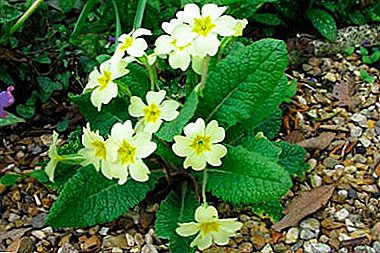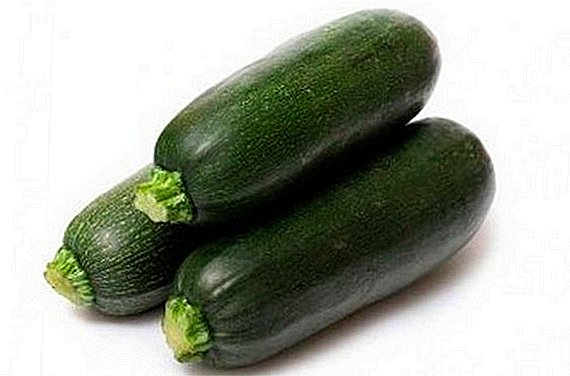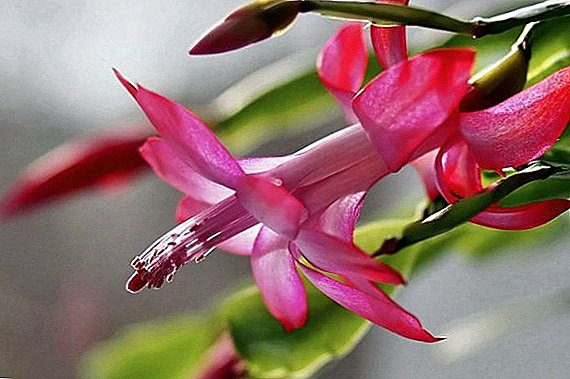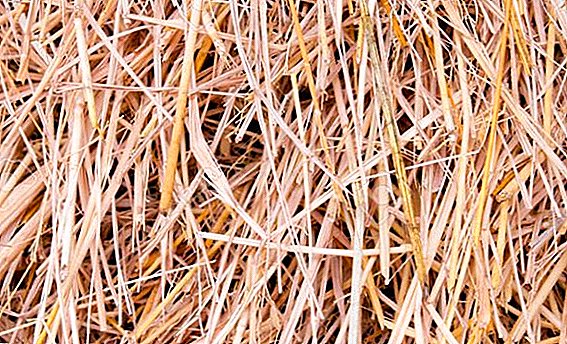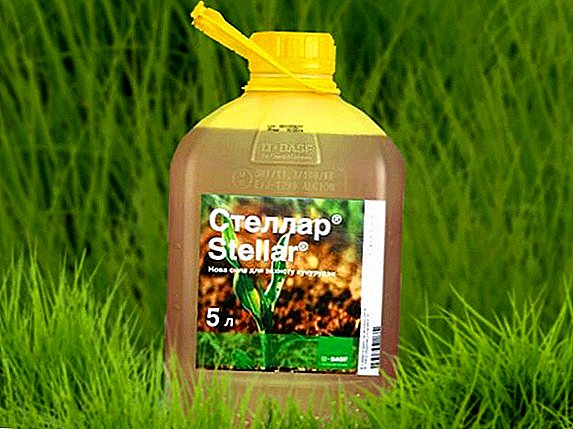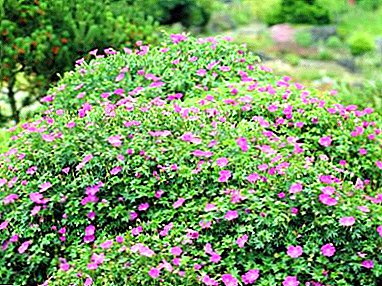
If in the old days geranium was planted on the street only because of its medicinal qualities and pleasant aroma, now, thanks to the work of breeders, it was possible to bring out new varieties that look attractive in the garden plot.
Geranium can save even the most neglected territory. Below we will explain how to grow this plant, about proper care, and its various types.
Types and popular varieties: names and descriptions with photos
Currently, there are many types of garden geraniums. Each of them has its own properties and requires different care. Below you can find a description and a photo of the most common geranium varieties.
Perennial

Perennial geraniums are often planted at the dacha, as the plant does not require special care, it is very hardy to external adverse factors. Under good conditions, garden geranium, unlike its one-year-old relative of pelargonium, can grow on the street up to 10 years.
Reference! Garden geranium perennial has various color colors - white, purple, red, pink.
Perennial garden geranium is divided into the following varieties:
- Geranium marsh - has purple flowers.
- Geranium red-brown - its flowers are dark red.
- Meadow geranium. It has purple flowers with a bluish tinge.
Ground cover

This type of plant is strong and tenacious, with a long rhizome. In a short time, ground cover geranium grows over large areas of the garden plot. Outwardly, it resembles a motley carpet, since geranium flowers have a bright red or purple color.
The diameter of each inflorescence does not exceed 3 cm, the bush grows in height by an average of 30 cm. In June, the beauty begins to bloom, and in August you can collect seeds.
The subspecies very hardy and not picky about the content. On the flowerbed, you can successfully combine geraniums with other similar plants.
It hibernates this plant easily. It does not need to be covered, as it endures cold without consequences. Before the winter season pruning is done. As a covering material for geranium is snow.
Undersized

This plant has a strong branched stem. Leaves appear at the root. The flower has a thick, capable of rapid growth, rhizome. The surface of the sheet is soft and fibrous. Flower baskets have a diameter of up to 5 cm. The flowers themselves combine several shades, smell nice. Low-growing geranium perfectly fit into the landscape design of any home.
The most popular garden varieties of stunted geraniums include:
- Samobor - a flower that has not only standard green leaves, but also dark brown picturesque leaves.
- Margaret Wilson - with marble patterns on the leaves.
- Liza - with yellow chartreuse stains.
- Rose Clair - the height of the bush reaches 35 cm, geranium blooms pink and red flowers.
Black Beauty

Under natural conditions, this variety grows in Western Europe and in the European part of Russia.
The bush is distinguished by its sphericity.. Inflorescences are dark and saturated. The size of each flower is within 4 cm. Black Beauty blooms until early September. The leaves of the geranium are rounded, slightly dissected towards the end, of a light green color. This variety of geranium is perfectly combined with other types of plants in the garden plot.
Care
First of all, you need to choose a place where geranium is best planted, this is a very important condition. Everything will depend on the variety. Some varieties of garden geraniums prefer open sunny areas, others moist and darkened ground. For example, for Black Beauty geranium, it is advisable to choose a shaded place, while perennial geranium prefers to grow in a sunny place. Ground cover geranium also loves the shadow.
If you want to further grow a bright and lush bush, you need to acquire high-quality seedlings.
Care is provided by the following rules.:
- The soil should be light so that moisture and air can penetrate well.
- It is important to regularly moisten the ground. As soon as the geranium is planted, the soil is moistened regularly and abundantly, later the number of irrigations is reduced, with the exception of dry periods. But excessive waterlogging can lead to geranium diseases. Therefore, you need to follow the rules of watering.
- Top dressing should be in moderation. It is better to use complex mineral supplements.
- Timely need to remove faded buds. This is required so that the new inflorescences can freely blossom.
- The ground cover geranium does not require frequent mulching and loosening of the soil.
- The roots of most geraniums grow strongly; this should be taken into account when choosing a site for planting. Usually several bushes are planted at a distance of 20-30 cm from each other. Garden perennial flowers, including geranium, do not tolerate replanting. Therefore, due to the correctly calculated distance between the bushes, garden geraniums can grow and be pleasing to the eye for many years.
- Garden geranium does not require shelter for the winter, it usually tolerates cold well.
 Despite the fact that the plant easily adapts to any soil, you should often loosen the soil, fertilize it, only then geranium will please with abundant and long flowering. In the substrate, it is often recommended to add peat moss and manure.
Despite the fact that the plant easily adapts to any soil, you should often loosen the soil, fertilize it, only then geranium will please with abundant and long flowering. In the substrate, it is often recommended to add peat moss and manure.
So that the plant doesn’t get sick or is not overpowered by pests, need to be engaged in preventive measures:
- In spring, nitrogen fertilizers are introduced into the soil under the shrub. A month after this is carried out complex feeding.
- After the plant blooms, it is advisable to add potassium and phosphorus to the soil.
Breeding
Plant reproduction is carried out in two ways:
- Seed path. The method requires a lot of effort and cost, but not always reliable. Often varietal signs are not saved. Some geranium species do not produce seeds at all, while others scatter around them seeds, without requiring human intervention. At the same time collecting seeds is not an easy task.
If the gardener still decided on this path of reproduction, it is better for him to choose the largest and most healthy-looking seeds. At the same time it is necessary to know that if the plant is applied, then it will begin to bloom only in a year.
- Vegetative breeding method. In this case, propagation by cutting is used; this method is not complicated and is much more efficient than seed.
- Cuttings are cut at the end of summer or early autumn.
- The top section of the branch is cut off and placed in water.
- As soon as the root gives roots, it can be planted in open ground and pritened from direct sunlight.
You can take cuttings when trimming a bush with the purpose of its formation. In this case, cut branches are shortened by 10-15 cm, dried a little and immediately planted in the soil on the shady side. But in this case, the cutting requires greenhouse conditions, it must be covered with a can or film.
We offer you to watch a video about planting geranium seeds:
Garden geranium is an ideal option for the formation of landscape design in my area. In particular, it is preferred by amateur gardeners, as the flower does not require special care and at the same time is very hardy during temperature changes. Geranium is successfully combined with other perennials, but most often it is planted in tandem with conifers.



